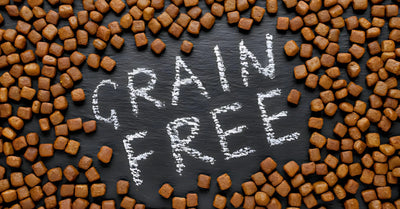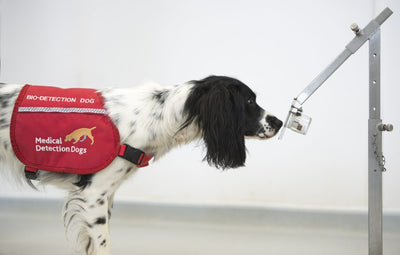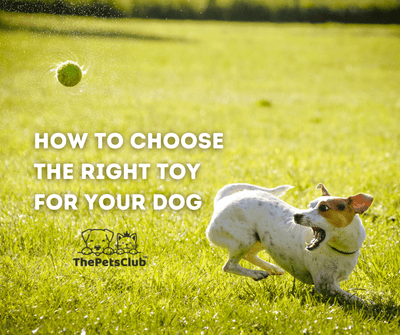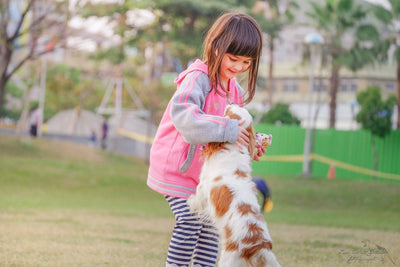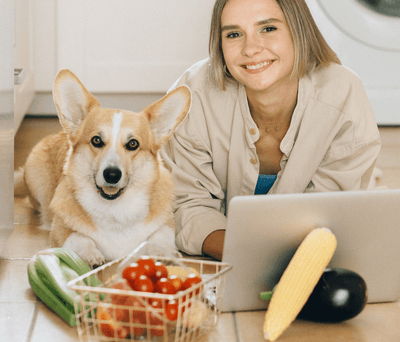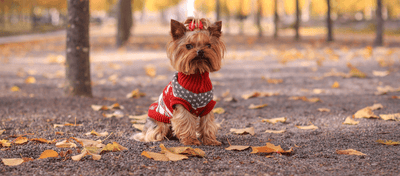 Spend AED 100 more for Free Shipping!
Spend AED 100 more for Free Shipping!
Effective Techniques for Puppy Biting and Nipping Training: A Comprehensive Guide

Teaching Your Pup to Cease Biting & Nipping: A Comprehensive Guide
Learn how to tackle one of the greatest challenges faced by new puppy owners: nipping and biting.
The Importance of Hand Play
Contrary to popular belief, hand play is essential in puppy development. Like human infants, pups interact with their surroundings by mouthing objects. Playtime with you, using their front legs and teeth, replicates their interaction with their siblings.
Understanding Sensitivity
The primary goal is to convey human skin sensitivity to your puppy. This understanding forms the basis for teaching gentleness when using their mouths. A pup needs to experience biting to comprehend that humans, being a different species, respond differently to biting.
Implementing a Simple Exercise
When a nip gets too intense, it's crucial to highlight this behaviour to your pup. Here's a case example:
Case Example: Jack, the Golden Retriever
When Jack bit too hard, his owner would yelp in a high-pitched tone, exclaiming "Ouch!" to indicate pain. This reaction served to mark the action and communicate the discomfort to Jack.
Continuing the Game
If your pup, like Jack, ceases biting and resumes gentler play after hearing your exclamation, acknowledge this with praise. Words such as "good" or "perfect" reinforce the correct behaviour, encouraging continued gentle play.
Introducing a Time-Out
However, if your puppy persists with rough play, it's time to enforce a time-out. This involves briefly isolating your pup for 5-7 seconds, similar to the approach used with Jack. This withdrawal of fun communicates that excessive biting will not be tolerated.
Repetition is Key
Remember, it will take several repetitions before your pup understands this pattern. Regular play sessions will help them grasp that excessive biting interrupts the fun. Over time, this will promote self-control and refined jaw strength.
Introducing Chew Toys
Always have a few robust chew toys on standby during playtime. If play gets too rough or your pup appears ready to bite, redirect them towards a toy. Patience is vital as playful mouthing is a normal part of puppy behaviour.
Addressing Adult Dog Biting
Painful biting in adult dogs usually indicates a lack of proper teeth-use training during puppyhood. It's essential to address this issue as adult dogs are larger and harder to control.
Is Playful Biting a Sign of Aggression?
Teeth are essential tools for dogs to explore their world, and using them during play isn't typically a sign of aggression. However, it's important to distinguish between playful bites and bites induced by fear or aggression. A relaxed dog with non-aggressive bites won't cause injury or pain. If you suspect your dog is exhibiting aggressive behaviour, consult a qualified canine specialist.
Training Strategies for Preventing Biting During Play
Teaching your dog to control the strength of their bites during playtime is essential for safe and enjoyable interactions. Here are some strategies:
-
Encourage non-contact forms of play: Engage in games that
don't involve your hands, such as tug-of-war. If your pup mistakes your hand for the toy, stop the game immediately.
-
Impulse control exercises: Teach your dog to control their impulses with appropriate games and exercises.
-
Vary your toys: Keep your dog interested by rotating their toys and providing chewable treats. This offers an alternative to your hands or clothes for their playful mouthing.
-
Puppy playdates: Allow your pup to interact with other vaccinated and friendly dogs. These playdates can help them burn off excess energy, reducing the need for rough play with you.
-
React appropriately: If your pup's teeth make contact with your skin, respond with a sudden, loud yelp. If this doesn't work, enforce a brief timeout.
-
Avoid provocation: Waving your hands in front of your pup's face may unintentionally encourage biting.
-
Never discourage play: Playing is vital for building a trusting relationship with your pet. The goal is to teach your pup to play correctly, not to stop playing altogether.
-
Don't pull away: Pulling your hand away when your pup bites might be interpreted as a game, encouraging more biting.
-
Avoid physical punishment: Patting your dog during play or resorting to physical punishments can incite stronger biting and potentially trigger aggression.
In Conclusion
Teaching your pup to stop nipping and biting is a gradual process requiring patience and consistency. Remember, every pup is unique and what works for one might not work for another. Experiment with different techniques and find what works best for you and your pup. The result will be a well-mannered adult dog who knows how to play safely and respectfully

 Facebook
Facebook